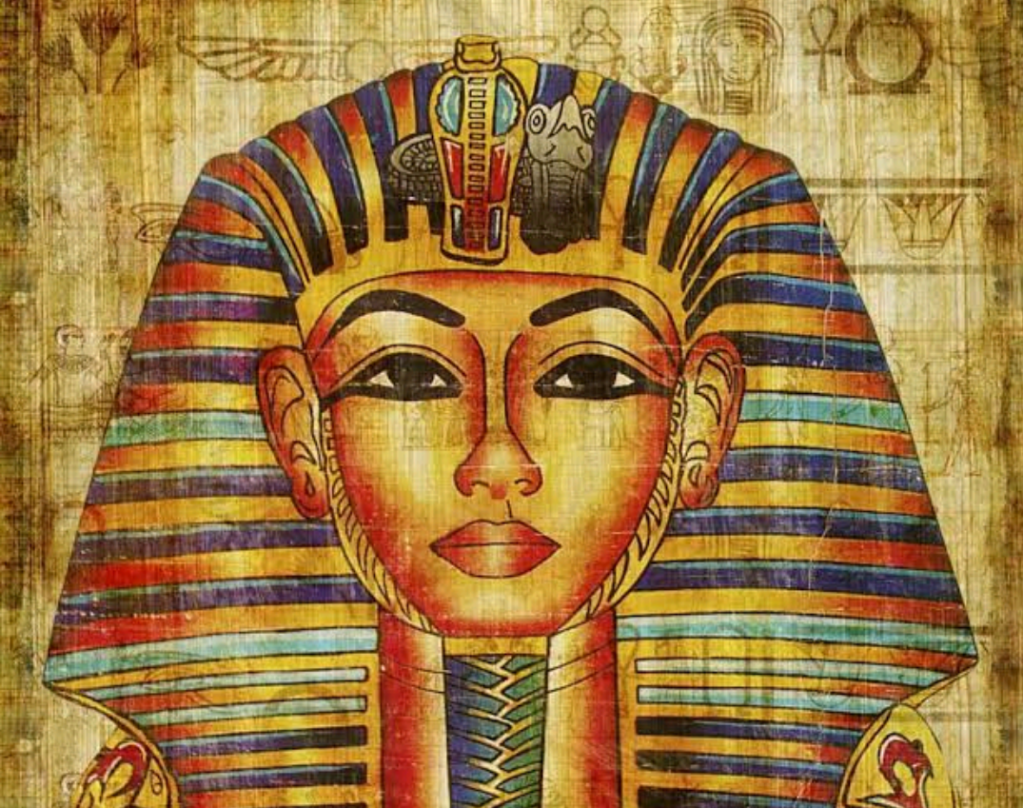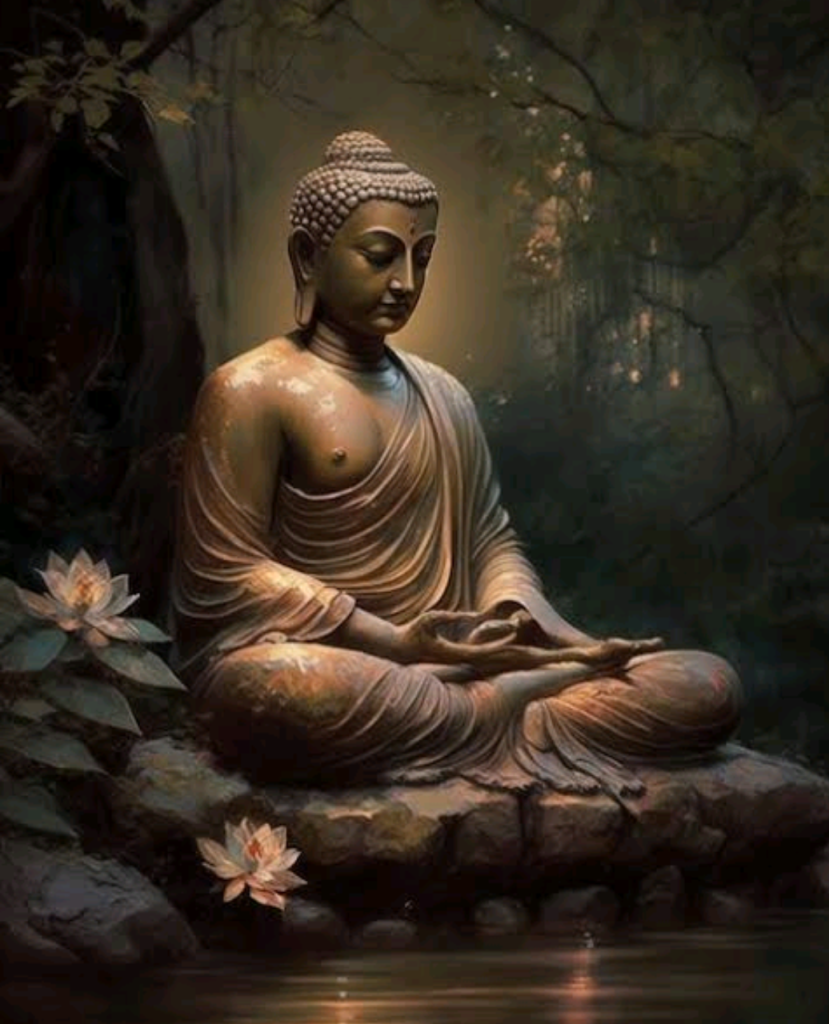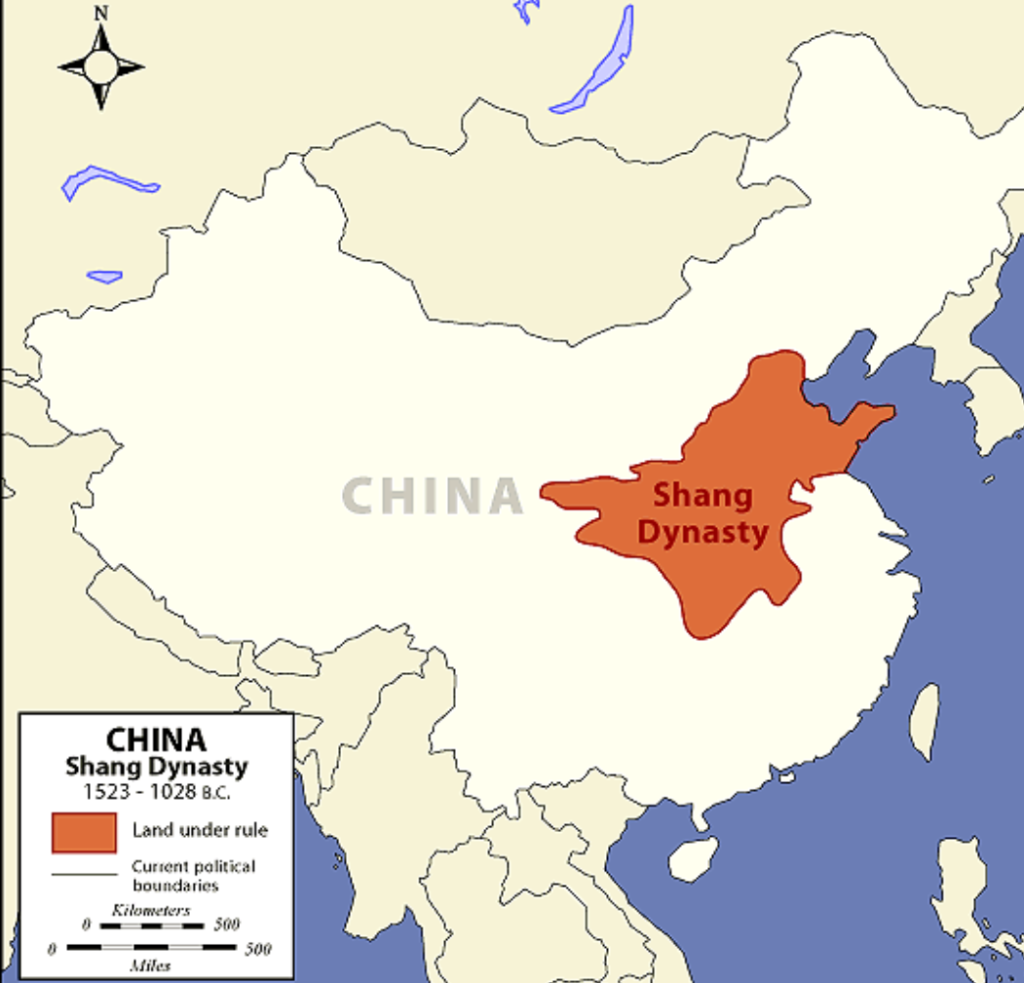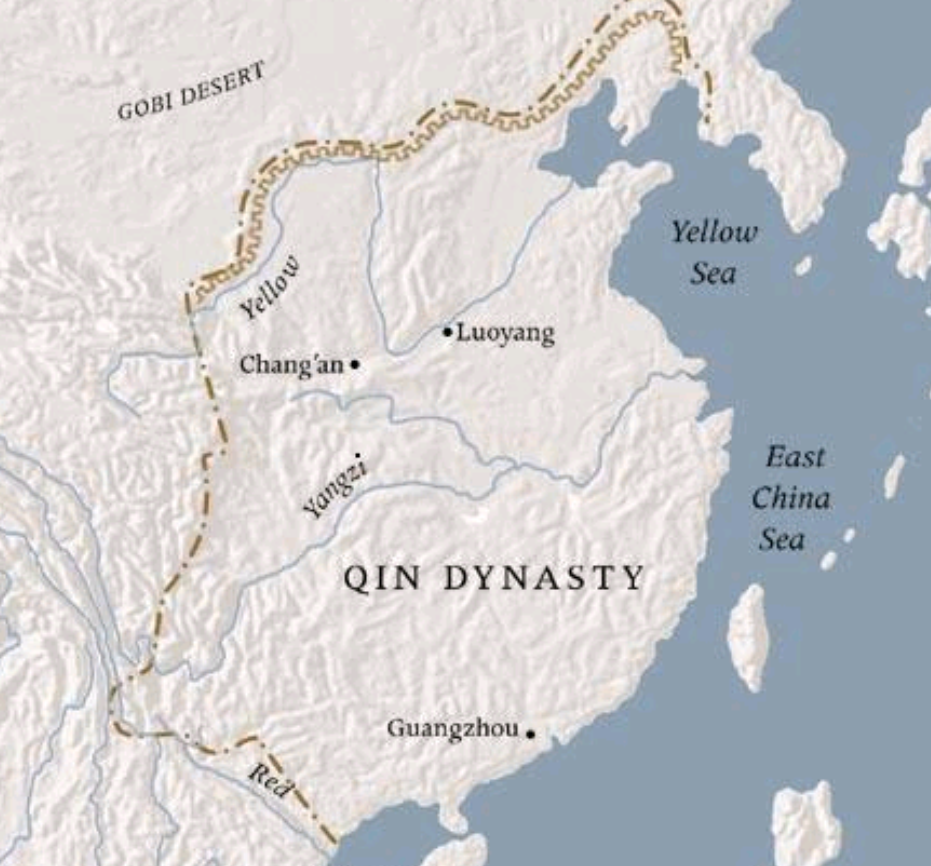Social and Class Relations
The social structure of the earliest civilization shows hierarchies and a concentration of power among certain elites.There were few matriarchal societies in the ancient world;most were patriarchal and polygamous among the wealthy social classes.Astwee civilizations developed and expanded,their social structure often had to modified.Sometines this resulted in decentralisation of Power,even on rare occasions,as in ancient Greece.In democracy.At other times changes were forced by foreign invasions.
Egypt
The Apex of Egyptian society was the pharaoh he stood as intermediary between the world of Gods and of human beings.The Pharaoh’s main duty was maintain maat, apotheosized state of cosmic balance and justice for his whole realm.Pharaoh owned vast tracts of land and sometimes vied with priests for control and status.

His office was hereditary and dytanic.History records one woman,Hatshepsut,who served as regent for more than 20 years untill the son of the previous pharaoh could assume.
When the Nile Failed and Egyptian life was disrupted,the ruling Dynasty lost credibility and Provincial Administrators,the Priestly class,,or the foreigners intervened,resulting in the installing of new Dynasty.

One groups outsiders who seized power sometimes around 1600 B.C.E. was the Hyksos,a Semitic People.However by,1300 B.C.E.a native Dynasty had returned to the power and some outsiders were expelled.


The conservative nature of Egyptian society,Reinforced by the Regularity of the Nile and insularity of the land,made for few social and Class changes in its long history.
India
Plentiful artifacts and architectural remains from Indus river civilization survive but so far the writting has not been deciphered.The Indo-Europeans brought social and Class changes when they settled in Northern India around 1500 B.C.E.

Their hierarchic and warlike society can be seen in mythology narrated in their sankrit scripture,the vedas.Their class structure and suppression of native peoples resulted in the imposition of the caste system that dominates Indian society to this day.


Althuogh the Indo-Europeans did not settle in southern India,They nevertheless influenced the darker-skinned Dravidian people there,who also adopted the caste system.




Aryan religious was modified around 500 B.C.E. by new concepts introduced by Upanishads and by new protest religions called Buddhism and Jainism.

After reaching its maximum influence from the reign of Emperor Ashoka.(280 B.C.E) to the Gupta dynasty(350 B.C.E). Buddhism largely faded from Indian society but spread to China and southern Asia.
China
Rulers of Shang dynasty(1700-1100 B.C.E) established themselves as the sole intermediary between the human world and the spirit world.As did its Successor,The Zhou Dynasty(1100-256 B.C.E).
Zhou rulers relied on a network of feudal relations to extend the Chinese empire and claimed their right to rule under the concept called “mandate of heaven”.This was a double-edged sword as heaven rewarded virtuous rulers and punished unjust ones through giving the people right to revolt.




The decline of Zhou Power and centuries of civil wars culminated in the unification of China under the Qin dynasty.The Qin unified their conquest through the imposition of absolute government power,under an ideology called Legalism.


The brief experiment with Legalism made the dynasty,Han,turn to confucianism.Confucian society divided the people into four nonhereditary social classes:the scholar officials,Farmers,artisans and merchants.The confucians taught that the family was the center of the society.It remained China officially ideology from the second century B.C.E to the 20th Century.


Preliterate nomads along its northern frontier confronted sedentary Chinese civilization.The most formidable among them from the late Zhou to the post Han era were called the Xiongnu,Whose defeated by the Han rulers after 100 B.C.E.led to the opening of the Silk road that would link China with India,Central India,Persia and Rome.In addition to the exchange of economic goods.Buddhism and some western ideas entered China via this commercial route.

Amazing useful content
LikeLiked by 1 person